I know how to make a sound: a groan, an “ooooh”. If I take a roomful of people and say one word, it always happens. Shall we try?
Adders
See?
I spent last Saturday watching adders. These small-to-medium sized snakes are wrongly billed* as Britain’s only venomous snake, but are certainly the only one with a bite that can hurt humans. And “hurt” is the right word here. An adder bite can be painful – a bee sting is often used as a comparison. If you are unfortunate enough to be allergic to the venom then (just as with a bee sting) things can get more serious. But in the last century, only 14 people have died from adder bites, as opposed to Africa, where eleven thousand people die every year from snakebite. In fact, you are sixty times more likely to die from a bee or wasp sting than an adder bite. The few bites we have every year in this country are usually the result of accident or outright stupidity, like the man who found a cold, torpid adder one morning and picked it up, putting it in a tin. Later that day, after things had warmed up, he shook the tin, then put his hand in it to get the adder out. Guess what? It bit him. So a reasonable amount of perspective is that adders are, on balance, harmless. Treat them with respect and you’re very unlikely to have a problem. In fact, you’re very unlikely to see an adder. They are exquisitely sensitive animals, feeling the vibrations of footsteps on the ground and disappearing before you can get near enough. Only a cold adder moves sluggishly: like all reptiles they need to bask to bring their body temperature enough to function. A cold adder can’t move quickly. Indeed, it can’t even digest its prey. A warm adder is zippy enough, but they tend to rely on their superb camouflage as a first line of defence, disappearing into undergrowth only when that isn’t enough.
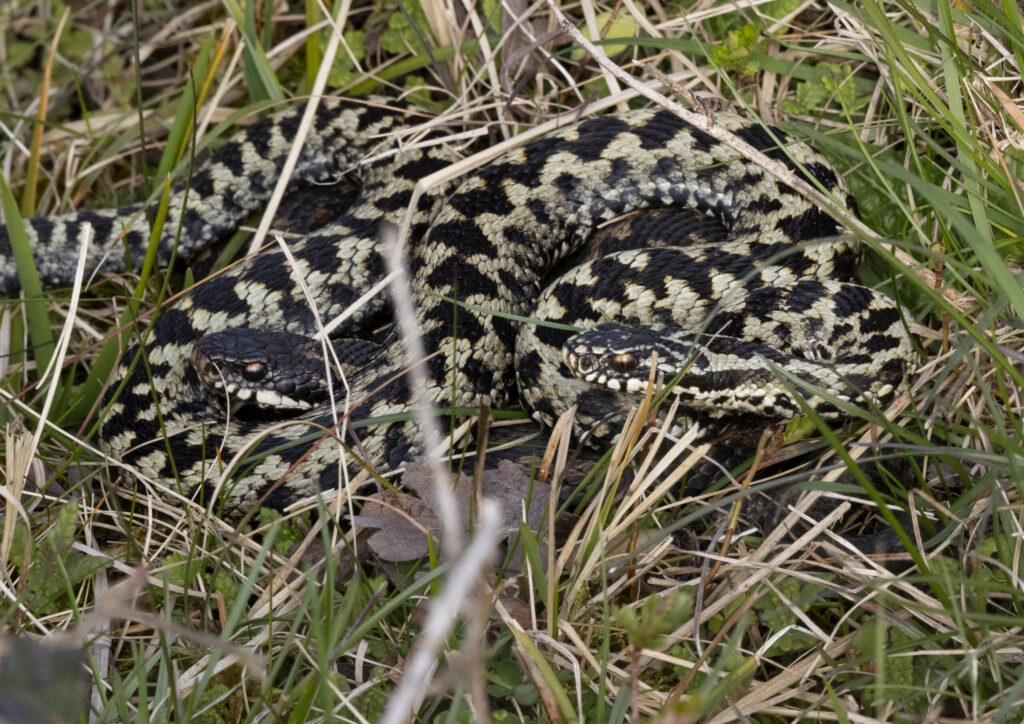
I’d gone to a site where I’ve seen adders before, in fact I was hoping to see a particular adder I’d seen there before: a melanistic or “black” adder. I find adders in a range of habitats. One place I know is wet and waterlogged, with mounds of decomposing logs; but this place is a more typical habitat It’s an old quarry, whose spoil heaps of fractured rock have been covered over with grass and moss and tangled stands of gorse and bramble. Near the top of a hill, it is open and sunny. I saw my first adder within moments of arrival, a large brown female showing the characteristic pattern down her back of black linked diamonds on a brown background(or if you look at her in the negative, as it were, a pattern of brown zig-zags bordered in black). She was coiled at the base of a bracken stem and was simply the biggest adder I’ve ever seen – perhaps two feet or more in length. I watched her using binoculars, knowing that any closer approach would see her slide off into the centre of the bramble and out of sight. There was a second female about six feet away, coiled into the base of a tussock of grass. For adult adders, colour and size are pretty reliable indicators of gender: males are smaller and usually a silvery-grey colour with the black diamonds, females much larger and generally brown. But juvenile adders all routinely look like females, and even on the older snakes, the body and zig-zag colour isn’t definitive
Further up the slope was a small, stunted gorse bush, perhaps two feet high. And coiled at its base was a male adder. It was newly shed, its scales glistening as if recently polished. At this time of years, the male adders shed their skins- and then they fight. If you are a venomous snake, then the annual ritual of fighting to see who is strongest and so should mate with the female, is a little tricky. Venom takes time to work, and if both male adders in a fight managed to envenomate each other, there would pretty soon be no more adders. So instead the adders fight by wrestling. It’s called “the dance of the adders”, but the term is misleading. If posturing doesn’t work, the two males adders will fight by rearing up, with each trying to push the other down using their body strength. The fight may last for several minutes with the adders moving quickly through the grass alongside each other. Even though it happens every year, I’ve never seen it. I though on this occasion my luck was in, as the male adder suddenly took off after another. The two snakes zipped very quickly along side by side – but the second snake wasn’t a male: it was a female, and the mal wasn’t about to leave her side if there was a chance of mating. To do so would have ruined his chances and opened the door to another male. Indeed, not long after, with both adders deep inside a grass tussock, I caught a glimpse of the pulsing movements in the male adder’s body as the pair copulated.
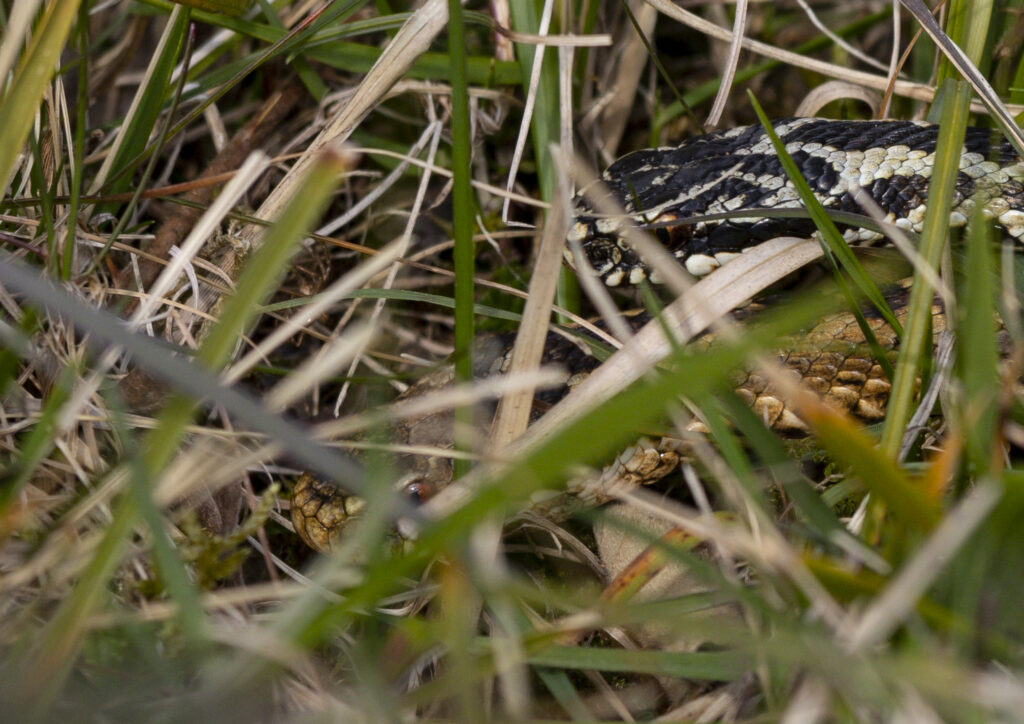
The mating pair, just after the event – the male on top, the female below
Wrestling is a neat adaptation for adders, a way of selecting the fittest and strongest males without ending the species. Yet you have to remember that it is, in a way, a completely voluntary exercise. There is nothing stopping competing adders from biting each other. Doing so is more like a social taboo. Nobody has taught adders not to bite each other: it is an instinct, but one so strong that it overrides ever other. Even if it means that the losing snake may not mate that year, it will not bite its rival.
If only humans were so civilised.
*grass snakes are venomous, too. But their venom isn’t dangerous to humans and their fangs are placed so that it is hard for them to bite people. What they will do is slime you with an anal secretion that smells just as bad as you think it does. And after rescuing a female grass snake trapped in some pond netting, I can tell you it takes weeks to wash off, too.
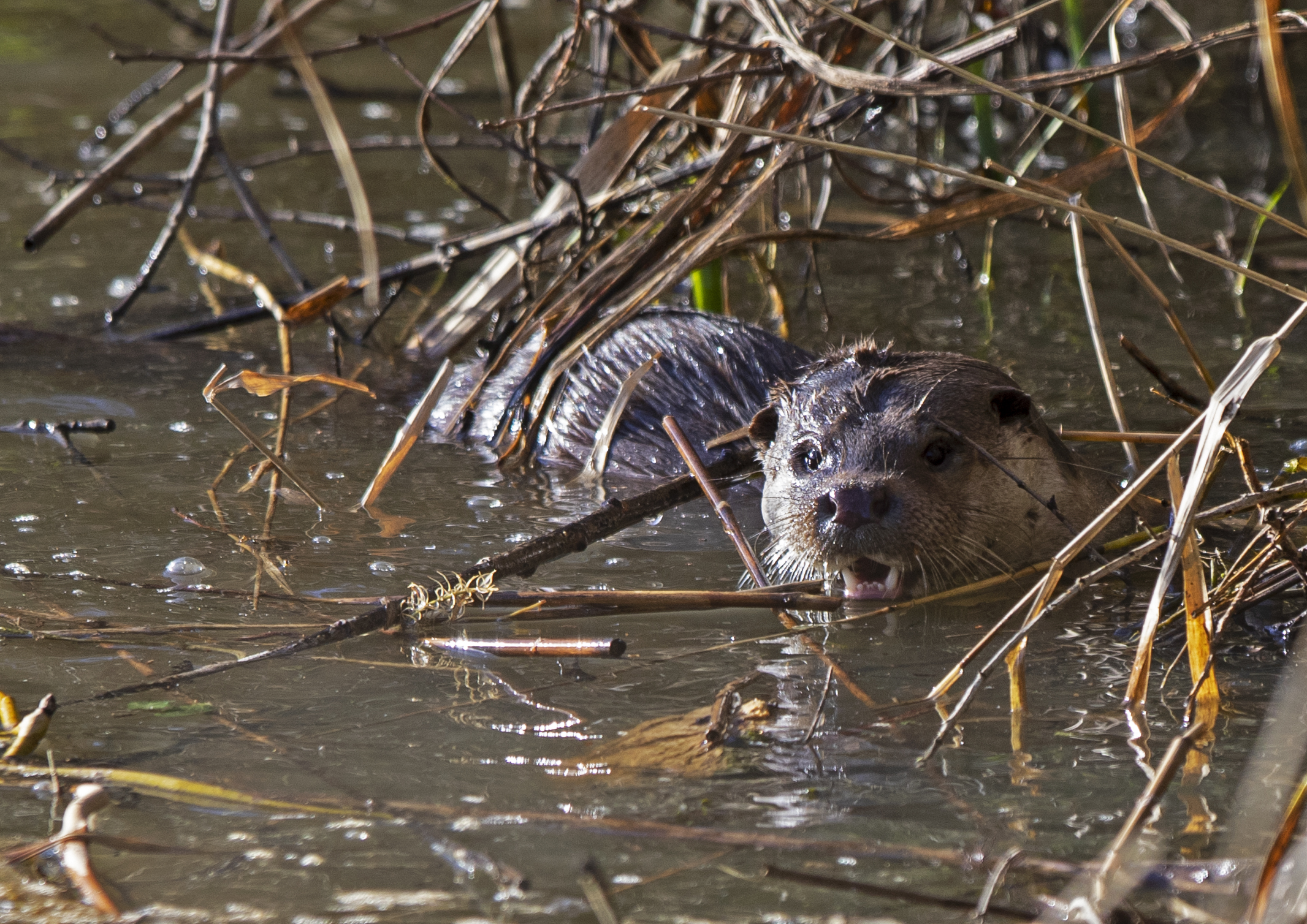
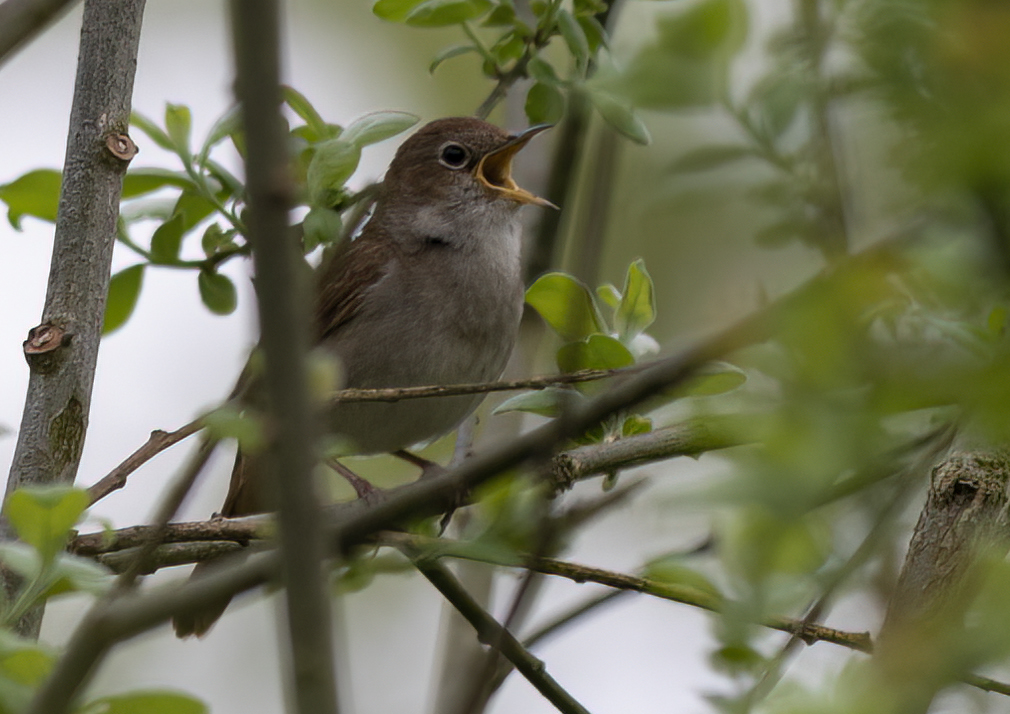
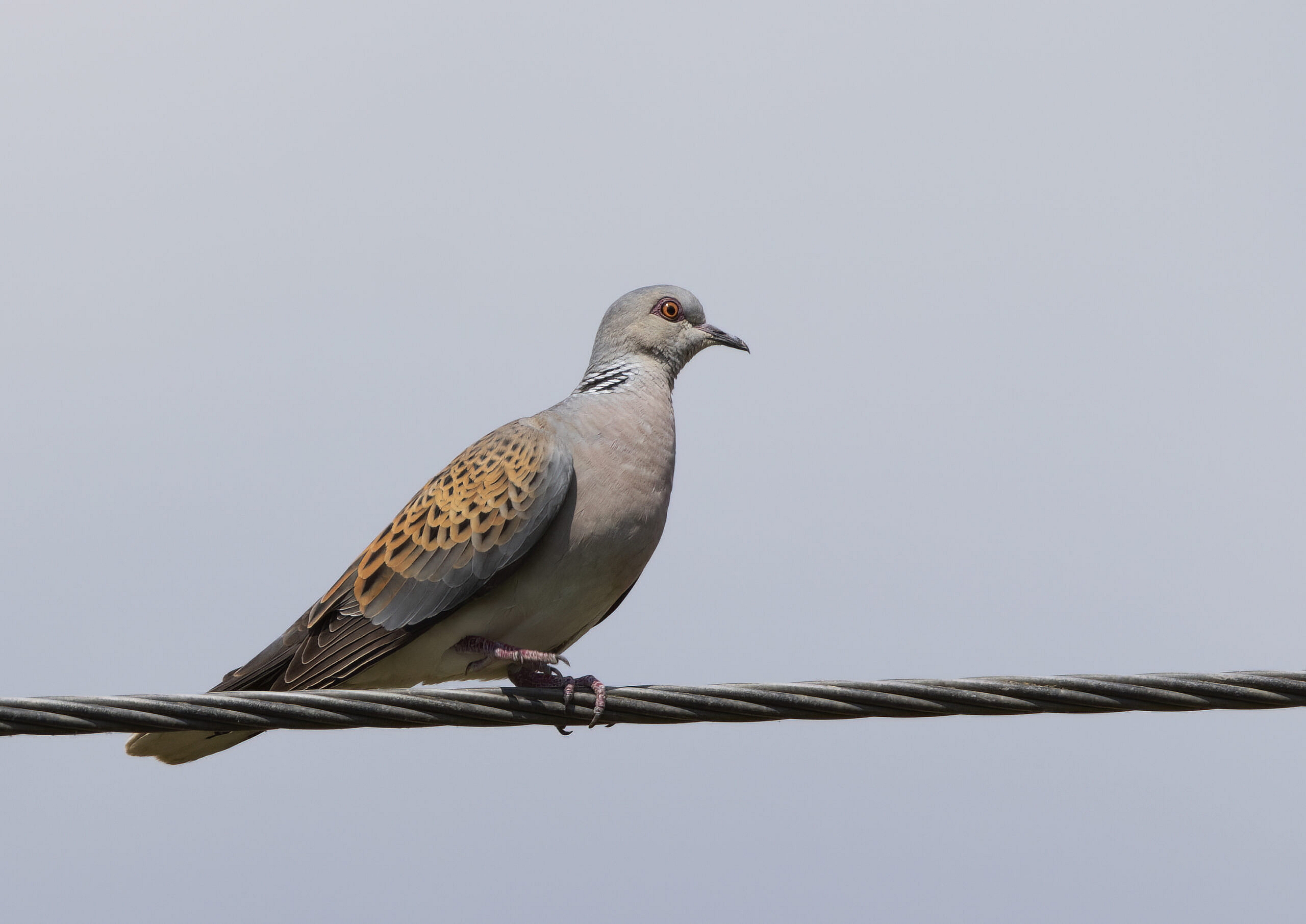

Social Profiles